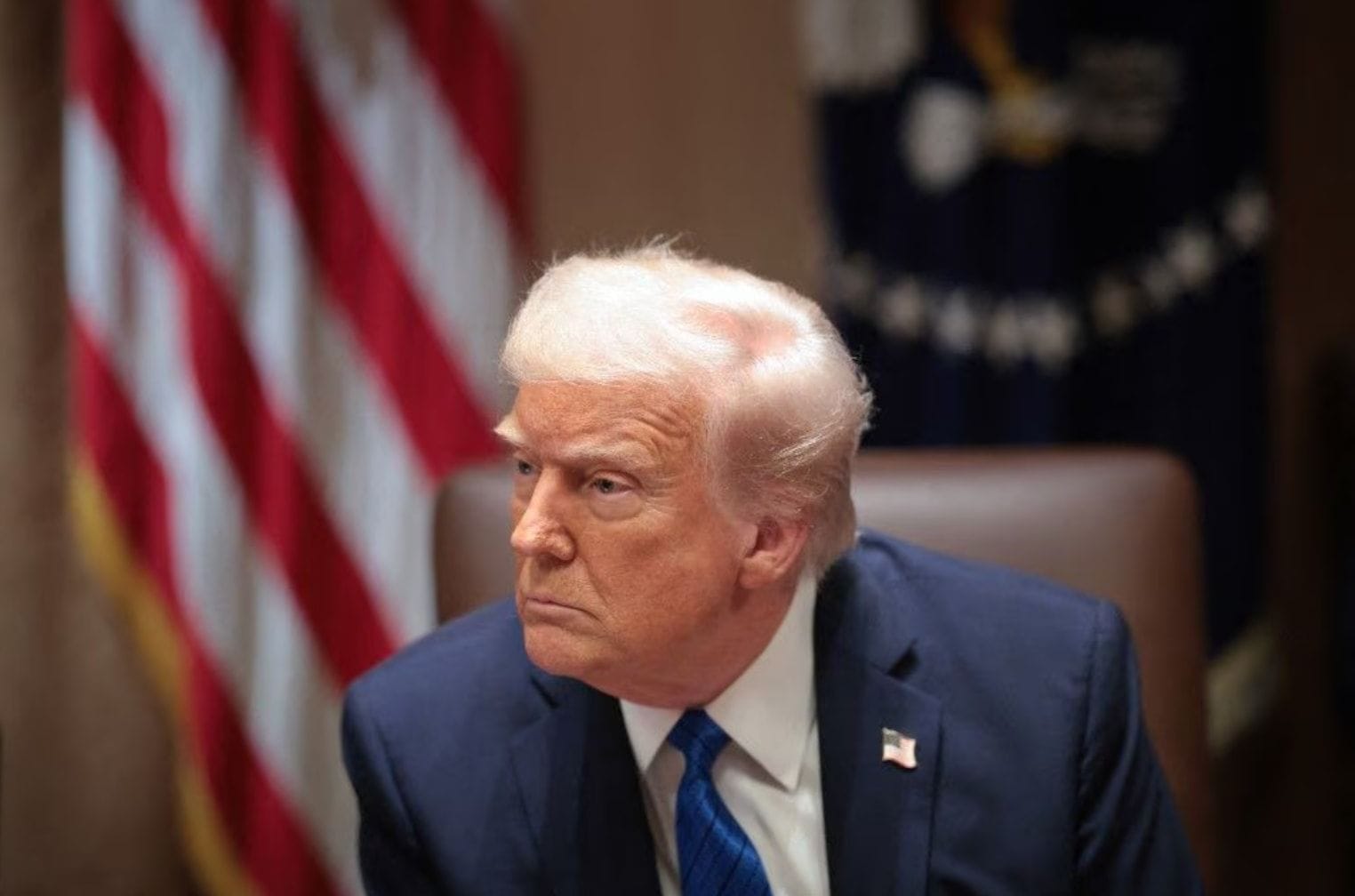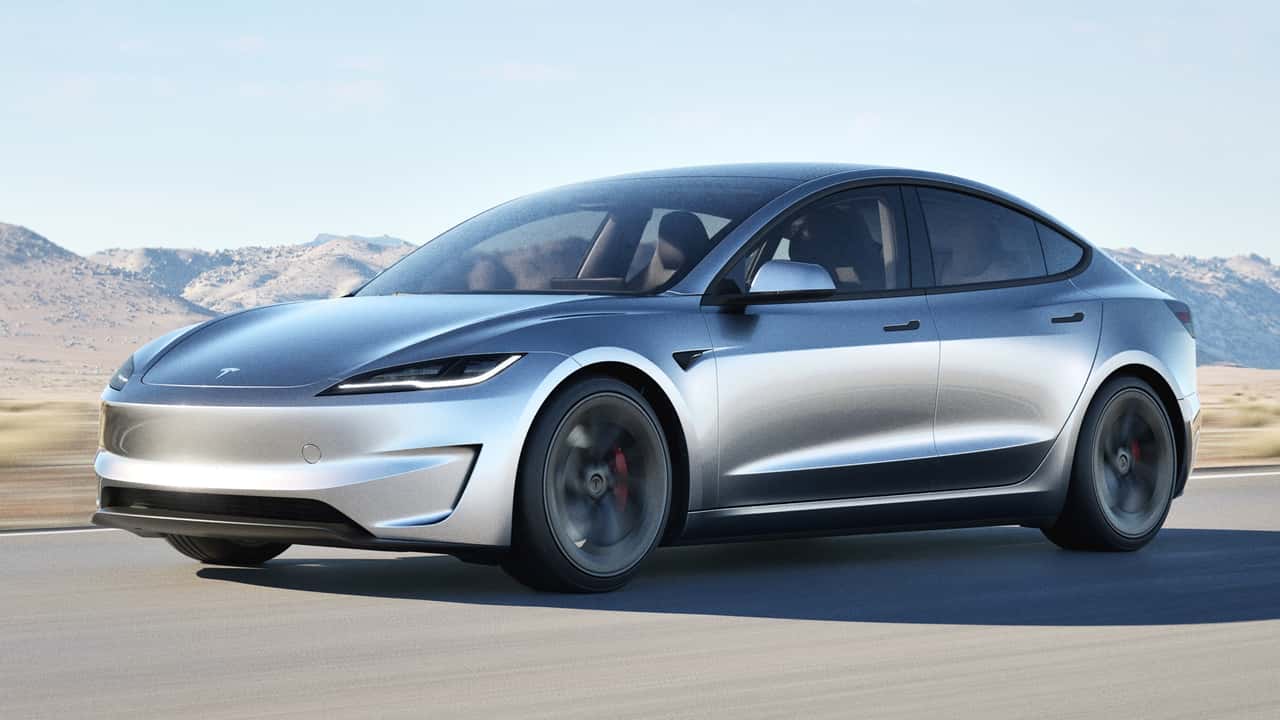As the calendar moves closer to August 1, high-level trade talks between the European Union and the United States appear to be making tangible progress. Officials on both sides have indicated that a potential agreement to resolve long-standing disputes over tariffs is within sight. The negotiations, which have spanned months, could finally yield a solution that would ease economic tensions and reset the tone of transatlantic trade relations.
At the heart of the discussions is the pressing issue of tariffs imposed by the United States on a range of EU exports. These duties were initially introduced under previous trade policies that claimed to protect domestic industries, notably steel and aluminum, but they triggered swift retaliatory measures from Europe. Since then, both parties have struggled to find common ground, despite repeated attempts to align on shared economic priorities.
The European Union, comprising 27 member nations, has emphasized the necessity of a balanced and equitable agreement. This is important not only to ease the current tariff pressures but also to create a more reliable framework for future commercial exchanges. Those acquainted with the discussions have characterized the recent atmosphere as “constructive,” with negotiators seemingly closing gaps on significant technical matters.
One of the significant challenges has been the approach to managing industries with high carbon emissions. The EU’s Green Deal and the Carbon Border Adjustment Mechanism (CBAM) have sparked worries among US negotiators, who are concerned that these policies might put American exporters at a disadvantage. Nonetheless, recent progress indicates that both parties are open to finding a middle ground that upholds environmental objectives while ensuring fair competition.
Another complex issue involves state subsidies and how they influence global competition. The EU has expressed frustration over subsidies in the US that support domestic manufacturing and clean energy sectors, while American representatives have voiced similar concerns about EU incentives. As global supply chains evolve in the post-pandemic economy, the role of government support in shaping trade flows has become increasingly prominent.
Despite these challenges, the urgency to conclude the talks before the August deadline has led to intensified rounds of negotiations. The threat of tariffs snapping back into place has added pressure, especially for sectors like agriculture, automotive manufacturing, and aerospace, which would be among the hardest hit by renewed trade barriers.
There are economic incentives on both sides to reach a deal. For Europe, ensuring stable access to the US market—still one of its largest trading partners—would bring much-needed certainty for businesses navigating inflation and geopolitical tensions. For the US, resolving the tariff dispute could help strengthen alliances at a time when economic collaboration is crucial to counterbalance rising global competition, especially from China.
Analysts point out that the political will to finalize an agreement is stronger now than in recent years. With leadership in both blocs looking to secure economic wins ahead of elections and other political milestones, a trade pact could serve as a strategic victory. However, the timeline remains tight. Any delay or breakdown in talks could see the re-imposition of tariffs, potentially sparking another round of retaliatory measures and dragging relations back into a cycle of dispute.
Some analysts continue to be wary, pointing out that past efforts to resolve the issues were often thwarted by last-minute conflicts. Nonetheless, the present environment appears to be more conducive to agreement than conflict. Emphasizing common objectives—economic strength, environmental innovation, and worldwide stability—has guided the conversations toward mutual advantages instead of win-lose scenarios.
En el futuro, un acuerdo finalizado podría abrir el camino para una cooperación transatlántica más amplia, más allá de los aranceles. Existe la posibilidad de una colaboración más profunda en áreas como el comercio digital, los estándares tecnológicos y el desarrollo sostenible. Un resultado exitoso también podría fortalecer los sistemas comerciales multilaterales y restaurar la confianza en la capacidad de las principales economías para resolver diferencias a través de la diplomacia.
While the details of the potential agreement have yet to be disclosed, early indicators suggest it may involve phased reductions in duties, mutual recognition of standards, and joint committees to monitor compliance and future disputes. These mechanisms would serve not only to address the immediate tensions but also to build a foundation for longer-term stability in EU-US trade.
With the August 1 deadline approaching, everyone’s focus is on the concluding steps of the talks. Business executives, government officials, and consumers are all anticipating that the result will signify a new era in transatlantic economic ties—characterized by collaboration, stability, and progressive strategies that address the needs of a swiftly evolving global economy.


